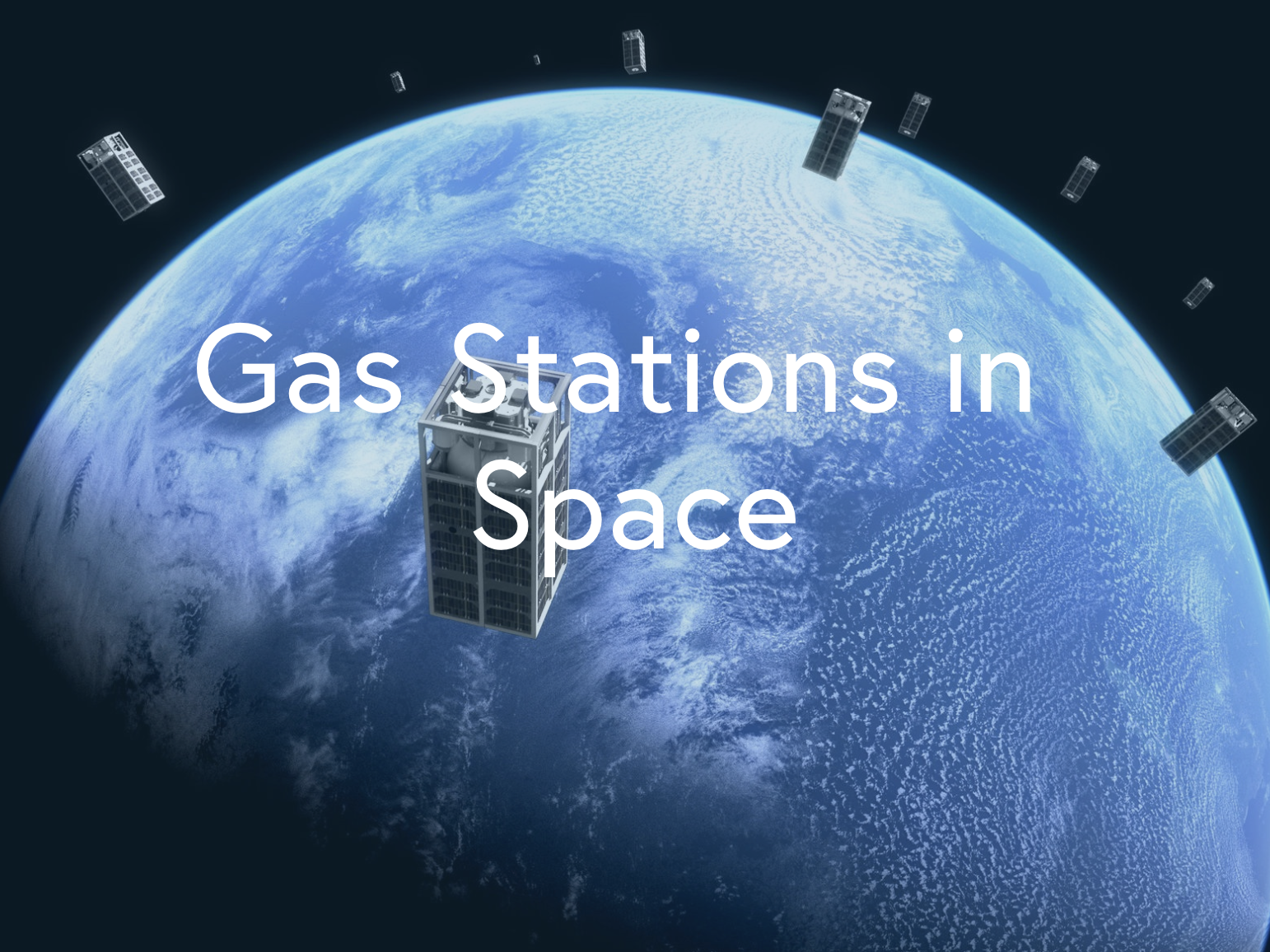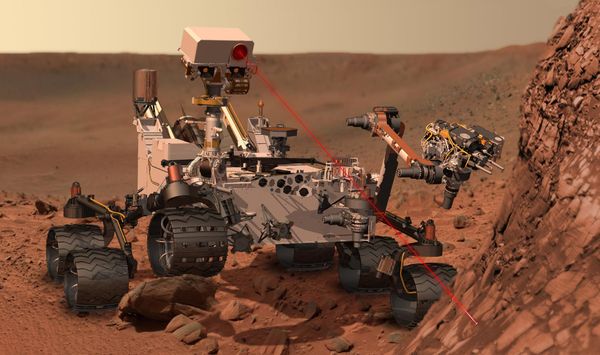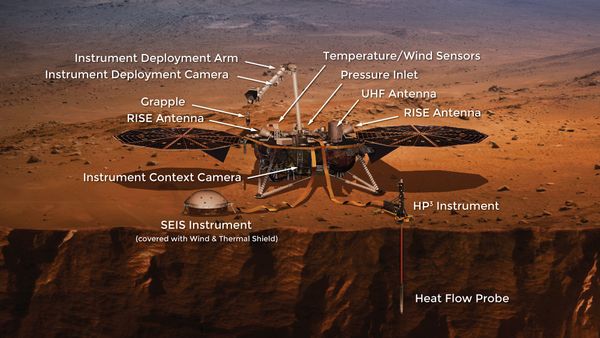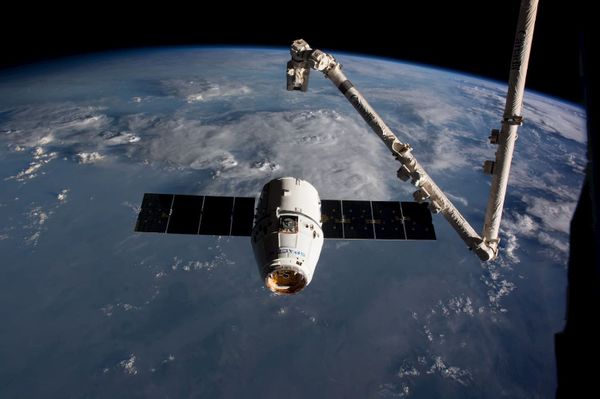This episode originally aired on November 20th 2019.
This week on SPEXcast we sit down with James Bultitude, Chief Engineer at Orbit Fab. Orbit Fab aims to build 'gas stations' in space, allowing spacecraft to refuel when they would otherwise be discarded. He talks through the challenges of in-space refueling as well as what it is like going from a mission proposal to functioning experiment on the ISS within 6 months.
What is Orbit Fab?
Orbit Fab was founded in January 2018 with the mission to make spacecraft reusable. Orbit Fab's sales pitch is "gas stations in space" but that simple concept has big implications. Currently all satellites have a limited lifetime dependent on their fuel supply. Fully functional satellites with working electronics and solar arrays must end their missions when they run out of fuel. Building a sustainable presence in space requires reusing and therefore refueling spacecraft. Orbit Fab is not in the business of being a space 'towing company' like Northrop Grumman's Mission Extension Vehicle, but works directly to refuel the spacecrafts. They aim to be more like Standard Oil than a car company.
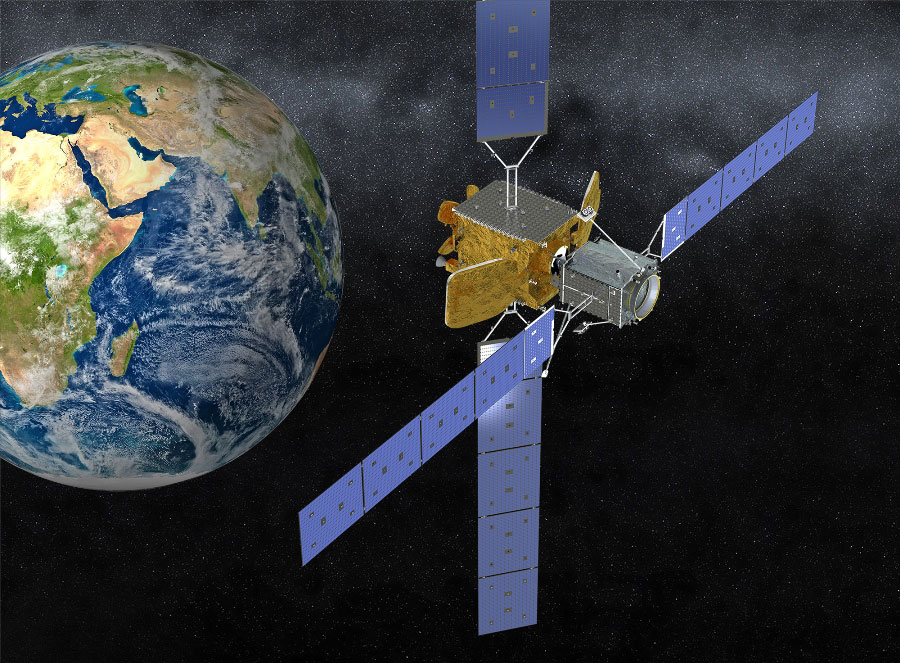
Our Guest: James Bultitude, Chief Engineer at Orbit Fab, Inc.
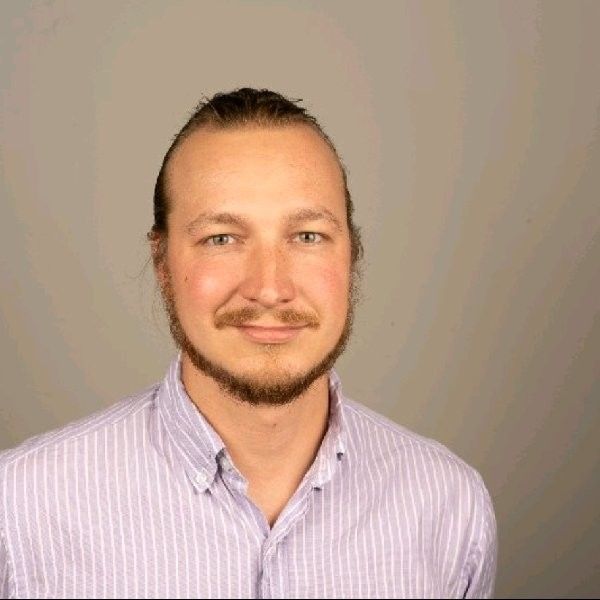
James Bultitude joined Orbit Fab as their first engineering hire in 2018. James credits his passion for space to watching too much Star Trek as a kid. In high school, he wanted to be an astronomer but a professor encouraged him to pursue engineering. He graduated from University of New South Wales with a degree in Aerospace, Aeronautical and Astronautical Engineering. He has also earned a Masters of Science in Space Studies from International Space University.
James has extensive experience with Attitude Determination and Control Systems (ADCS), developing detumble controllers for the Australian Center for Space Research cubesat; their first satellite in 15 years. James credits that experience with changing his opinion on the speed of which he could fly hardware to space, something that would be critical for Orbit Fab's NASA mission.
How do you refuel spacecraft in space?
According to Bultitude, you can't just build one gas station and be done with it. Just like on Earth, the gas stations must be built where the users are. Unfortunately while cars run mostly on standardized gasoline and follow major highways, spacecraft can run on dozens of different fuel types and many different orbits.
Fortunately, out of 100s of options, a few fuel types are the most popular. Hydrazine and Xenon are very common, but there are over 100 different fuel types. Both fuel types have challenges. Xenon is stored at high pressures up to 3000 psi while Hydrazine only gets up to 500 psi. Orbit Fab has decided to pursue liquid monopropellants and bipropellants.
Furphy: A crash-course in refueling
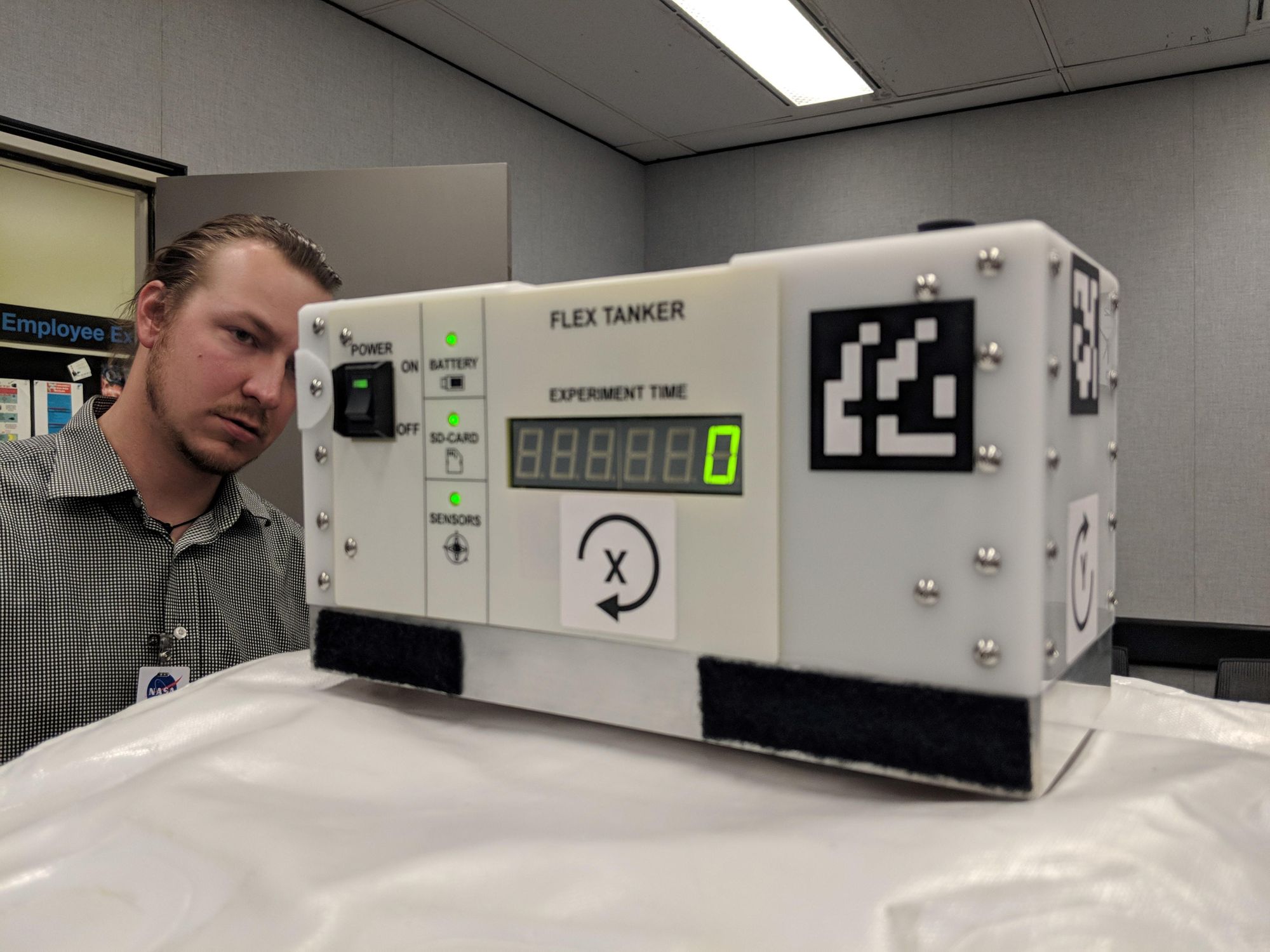
In Summer 2019, Orbit Fab launched Furphy to the International Space Station (ISS). The Residual Momentum and Tank Dynamics in Microgravity Environment experiment is a test of fluid flow between two mock spacecraft. They tested several critical aspects of microgravity refueling. The 6U experiment vehicles used a new flexible toroidal tank geometry, in other words a nested pool donut. It consists of two bladders, one containing the fuel, and another containing pressurized gas. This tank design allows for a large mass fraction in a small spacecraft. As designed, the experiment used water instead of hazardous fuel. During the experiment NASA astronauts spun up both spacecraft to test the effects of momentum as liquid was transferred between the two.
The name reflects Bultitude's Australian heritage. A furphy refers to an Australian water tank, and has become a part of Australian culture, with the word now meaning something similar to 'water cooler talk' in modern slang. Orbit Fabs's Furphy is probably one of the fanciest water tanks to fly in orbit.
Orbit Fab developed the experiment in record time. Orbit Fab was founded in February 2018 and signed the contract with ISS National Lab in June 2018. They had to have the experiment developed, built and tested for delivery to the ISS in just 3 months. James joined Orbit Fab just after the contract was signed. ISS National Lab's usual time to launch is around two years, so Orbit Fab had to dramatically increase and speed up communication between themselves and NASA. For example. Orbit Fab condensed five meetings with ISS National Lab to three meetings. All of these time saving allowed them to hit their schedule for the first launch in January 2019.
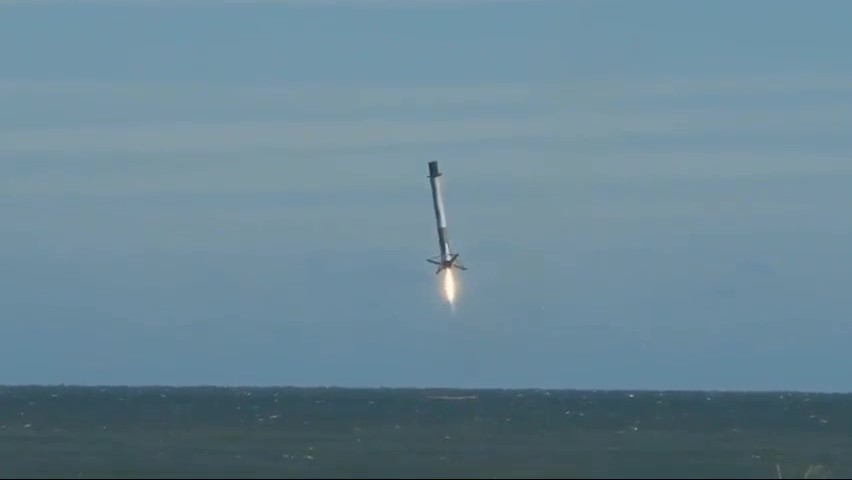
The Results of Furphy, and the future of Orbit Fab
For all the details on how Orbit Fab worked with NASA astronauts to conduct the Furphy experiment and what they're working on next, check out the full episode on Spotify or Apple Podcasts. You can find Orbit Fab's white paper's on the engineering and economics of in-space refueling at Orbitfab.space.

